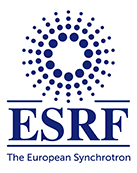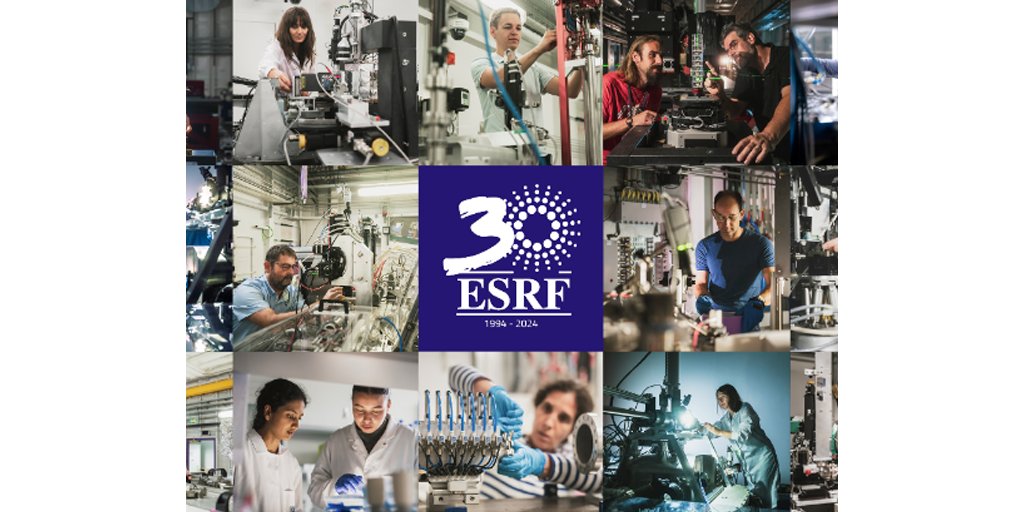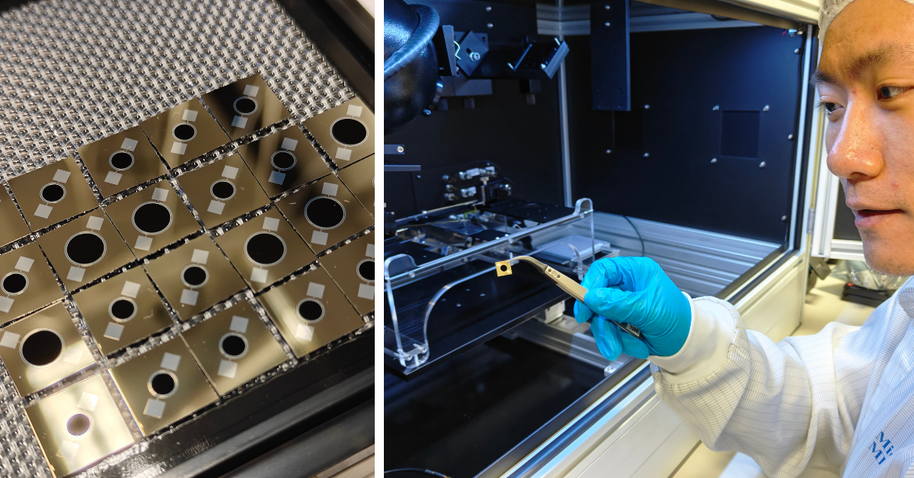Thirty years ago, just one day after its official inauguration on 30 September 1994, the first users came to the ESRF to begin their experiments. Since then, the ESRF has contributed to over 40,000 publications and four Nobel Prizes, driving the frontiers of science across numerous fields.
Among the first users was Jean Daillant, the new ESRF director general. “When I first came as a user to the ESRF, back in 1994, it was a unique place to carry out experiments we could only have imagined before, and this experience definitely shaped my career”, explains Daillant.
During these three decades, the ESRF users have been coming onsite with ever more complex scientific questions to answer, while the scientists, engineers and technicians in-house have made use of their creativity to implement the best set-ups to achieve what one day seemed unachievable.
Long-term user and former member of the Science Advisory Committee Moshe Deutsch, professor at Bar-Ilan University (Israel), explains the importance of this collaboration: “Suggestions coming from the users to the beamline scientists and up to the committees and management, i.e. bottom up, along with the combined expertise of the users and the staff, are, and have always been at the ESRF, the seeds of new directions for science, for instrumentation and for beamlines”.
The number of proposals throughout these years has increased exponentially: In 1995, there were 792 proposals. In 2024, there were a total of 2200. Joanne McCarthy, head of the User Office, explains how the beamtime proposals have become more sophisticated: “Today scientists need to get a full picture of a scientific question, and thanks to EBS and the different access modes, there is an increasing number of proposals that include experiments using complementary techniques and with teams including different expertise”. An example of this is the Human Organ Atlas Hub, where interdisciplinary groups made of doctors, physicists and engineers join forces to provide unprecedented insights into our bodies in health, ageing and disease.

About ESRF
The ESRF is the world-leading source of synchrotron and a centre of excellence for fundamental and innovation-driven research for imaging and studying the structure of matter at the atomic and nanometric scale in all fields of research. Located in Grenoble, the ESRF owes its success to the international co-operation of 22 partner nations, of which 13 are Members and 9 are Scientific Associates. Following on from 20 years of success and scientific excellence, the ESRF launched the ESRF-EBS -Extremely Brilliant Source- project (150M€ over 2015-2022). Centred on rebuilding the ESRF storage ring, EBS will deliver unprecedented source brilliance and coherence (~100x), offering scientists with a powerful new instrument to look even deeper into the structure of materials and living matter. EBS also includes the construction of new state-of-the-art beamlines, a scientific instrumentation programme with ambitious detector projects and a data management and analysis strategy.
Thirty years ago, just one day after its official inauguration on 30 September 1994, the first users came to the ESRF to begin their experiments. Since then, the ESRF has contributed to over 40,000 publications and four Nobel Prizes, driving the frontiers of science across numerous fields. Among the first users was Jean Daillant, the […]



